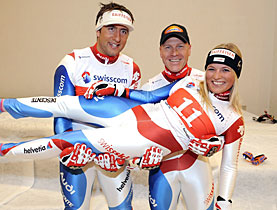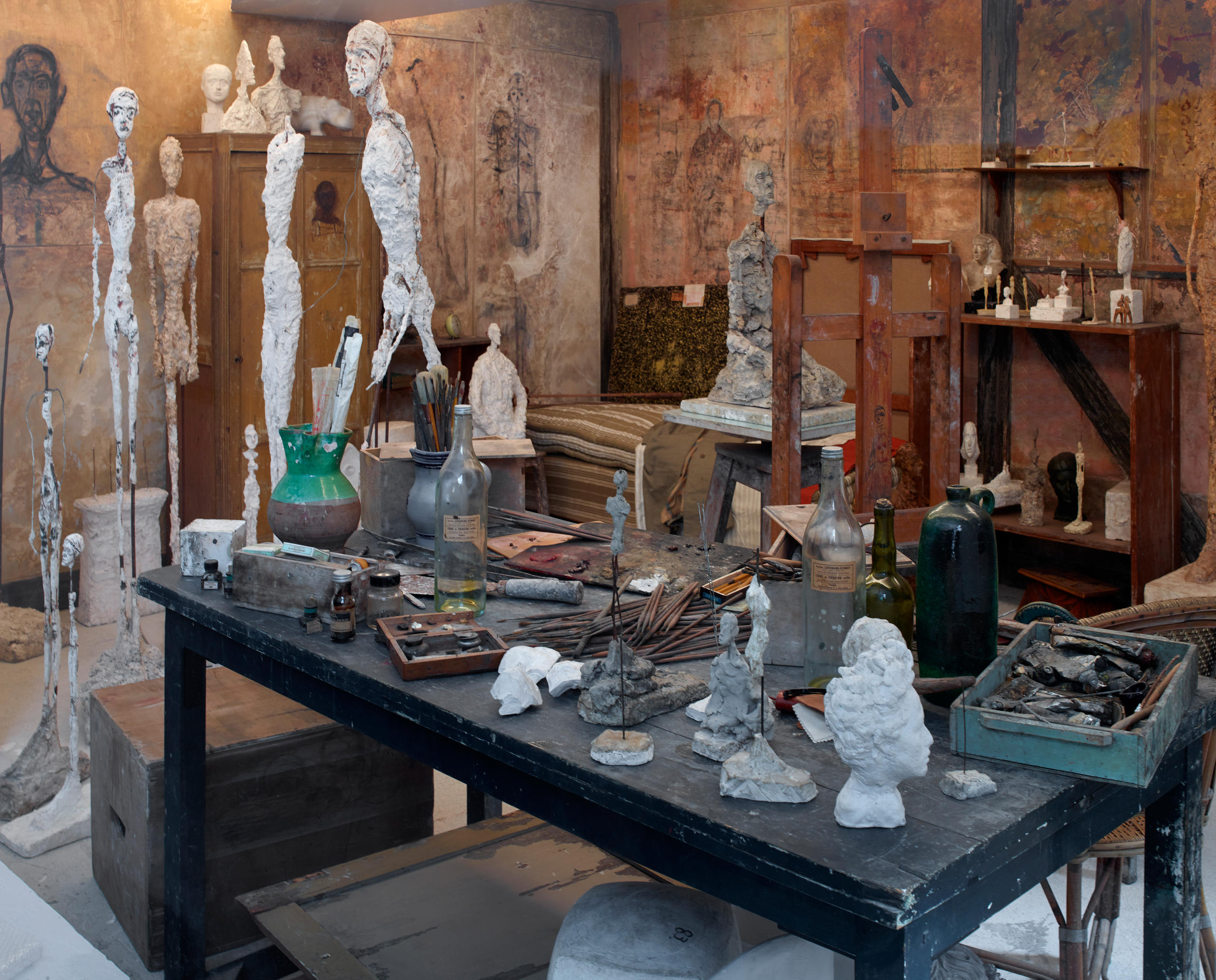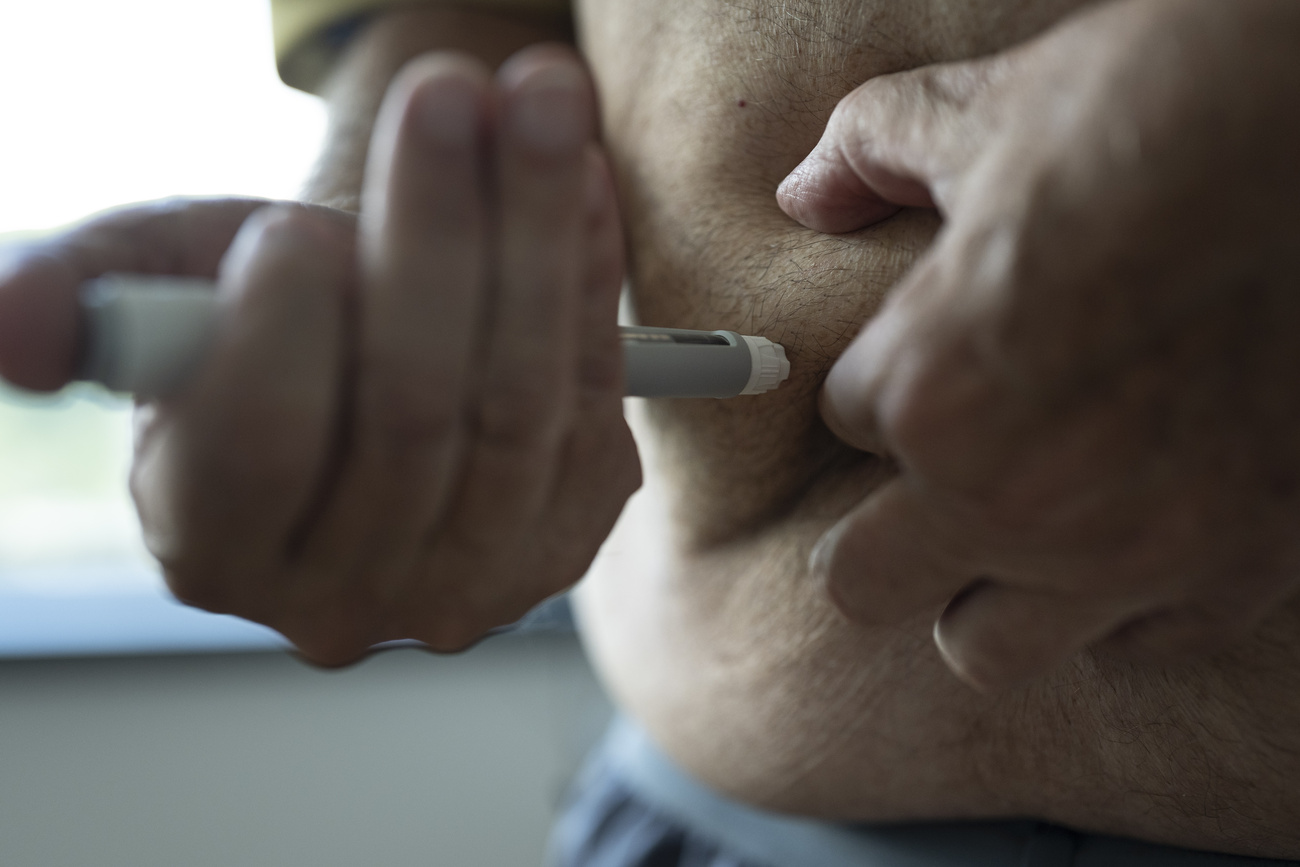
Cuche and Gut set to carry Swiss ski hopes

Switzerland's eyes will be on two very different skiers – Didier Cuche and Lara Gut – as the World Cup Ski racing circuit kicks off this weekend in Sölden, Austria.
And the focus will be even more intense this coming February, when Switzerland’s two stars contest the event of the year, the Alpine World Ski Championships, at the French resort of Val d’Isère.
Cuche and Gut are two athletes on opposite ends of the spectrum. On one side is the veteran Cuche, a tested 34-year-old with eight wins and 42 podium finishes on the World Cup circuit.
For the last two seasons he’s been considered the best downhill racer on the planet.
On the other side stands Gut, the media darling and 17-year-young Swiss-Italian whose career highlight on the World Cup scene is one third-place finish at her first race last year, in St Moritz.
The sport’s observers say the two have much in common though: a fierce competitiveness, nerves of steel, a sturdy character and an above-average ability to analyse and hone their own performances.
Cuche’s big dreams
Cuche’s goals are clear: score a medal, preferably gold, at the French ski resort and be crowned for the third consecutive time the best downhiller during this year’s World Cup season.
But the Neuchâtel skier, who has also trained as a butcher, has his eyes on another prize, says Martin Rufener, head trainer of the Swiss team.
“It’s clear that Didier is thinking of the World Cup overall standings,” Rufener said.
“He’ll have to rake in more points in the giant slalom. Some efforts were made during summer training with that in mind.”
Hoping for Gut results
Will Gut be able to handle the pressure of a season with the elite? The skier from canton Ticino will certainly have a lot of weight on her shoulders this winter.
Last year the press sang of a dazzling future after Gut, sporting a high bib number, took third in her first World Cup race – despite a fall a few dozen metres from the finish line – in St Mortiz.
“The pressure on Lara Gut will be enormous,” says Hugues Ansermoz, head of the women’s team. “Now we’ll see if she has the stuff of a great champion or if she’s simply human. But as I know her, she’s capable of handling it.”
Gut has a mental focus and analytical capacity far beyond her young age.
“She has already achieved a maturity that some 30-year-old skiers still don’t have,” Ansermoz says.
Gut starts her first full season on the World Cup circuit with a combination of support from the Swiss team and her own manager, from outside the circle of national teams. Her father, Pauli Gut, and her trainer, Mauro Pini, are the backbone of a team entirely dedicated to her.
“For the moment, everyone is satisfied with that,” Ansermoz says of the arrangement. “On the World Cup courses and during the World Championships, Laura’s team will blend into our group and we’ll avoid the concerns of last year, where the situation wasn’t so clear.”
Symbol of revival
The omnipresence of Gut in the media cast a shadow over some more experienced racers and that was the source of tension at the heart of the women’s team last season.
“Women like Martina Schild or Fabienne Suter, who won the World Cup races, had almost no media attention. It was sometimes difficult for them, but Lara’s arrival irritated their pride a bit. I see more positive aspects than negative ones to this situation,” Ansermoz said.
Gut isn’t just a rising star but also a symbol for the revival of the Swiss ski team. After a long blank spell, team members have had strong showings to win this alpine nation a spot on the World Cup circuit.
Switzerland is once again established as the number two team in the world, behind the unconquerable Austrians. But the most difficult is yet to come.
Two years after the World Championships in Are, Sweden, where Switzerland earned six medals, the Swiss must now confirming their standing at Val d’Isère.
The Swiss Ski Federation hopes the team comes back with five medals. That’s quite high considering there are just 11 races.
swissinfo, based on an article in French by Samuel Jaberg
The World Cup alpine ski race circuit starts the season this weekend on the Sölden glacier in Austria with two events in giant slalom.
Until March 15, 2009, skiers will race at 18 courses across North America and Europe. The women will race at 16 courses.
In Switzerland, the villages of Adelboden and Wengen will host two of the more prestigious races of the circuit in January.
The ski area of St Moritz will host women’s races in February.
Crystal Globe trophies will be awarded for the season’s best skiers in each discipline (downhill, super-G, giant slalom, slalom and the combined).
The best overall skier gets the top prize, the Grand Crystal Globe.
The Alpine World Ski Championships take place every two years. For 15 days, skiers will compete for medals in the same disciplines as in the World Cup.
A contest among nations, the event is divided into men’s and women’s events.
This year the races unfold February 2-15 at the French ski area of Val d’Isère.
Didier Cuche is the uncontested powerhouse behind the Swiss team. He had a dozen podium finishes on the World Cup circuit last year alone.
Daniel Albrecht, of canton Valais, is a reliable expert but needs to have better showings in the speed disciplines – downhill and super-G – to play a primary role this season.
Marc Berthod and Marc Gini, both from Graubünden, as well as Didier Défago and Silvan Zurbriggen, from canton Valais, area all serious candidates for podium finished this season.
On the women’s team, many skiers show strengths in speed contests, namely Fränzi Aufdenblatten, Nadia Styger and Martina Schild.
Other than Lara Gut, 23-year-old Fabienne Suter, from canton Schwyz, is the most seen face at the heart of the team.

In compliance with the JTI standards
More: SWI swissinfo.ch certified by the Journalism Trust Initiative































You can find an overview of ongoing debates with our journalists here . Please join us!
If you want to start a conversation about a topic raised in this article or want to report factual errors, email us at english@swissinfo.ch.